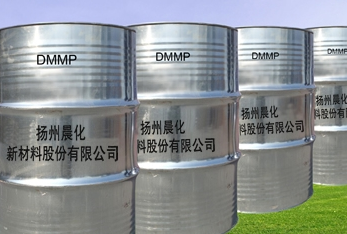Human concern for waste plastics began in the 1960s. However, due to the rapid growth of waste plastics in the past 30 years, it is urgent to recycle and reuse waste plastics. Therefore, some developed countries have formulated relatively perfect policies and regulations and established effective recycling and reuse systems. According to statistics, the recycling of waste plastics has become an urgent task In Europe, for example, the recycling rate is 11%, 21% is burned and 14% is transported abroad for treatment.

The major user of flame retardant plastics is the electronic and electrical industry. Since the promulgation of WEEE Directive, the recycling of waste electrical and electronic equipment has become a major challenge for human beings. Therefore, whether flame retardant plastics can be safely recycled has become one of the focuses of environmental protection. In October 2005, the European Union decided to allow DBDP () to continue to be used as an exemption from ROHS directive. This makes the recycling of brominated VA plastics more practical.
At present, the recovery methods of brominated flame retardant plastics are as follows: 1. Burying; 2. Mechanical recycling. However, the burying method is not the recycling of materials, but is only a method used in some places by philosophy and fashion, and is increasingly replaced by other methods. It can not only obtain new energy and raw materials, but also is an important means to protect human ecological environment and realize sustainable development.
The use of added inhibitor is a widely used flame retardant method for polyurethane foam. At present, a class of inhibitor M used for flame-retardant RPUF is a kind of organic compound containing phosphorus, nitrogen, nitrogen, etc. In addition, the physical properties of RPUF limit its application in practice to a great extent. Therefore, in addition to the influence of flame retardant on its combustion performance, the influence on its physical properties should also be considered. At present, polyurethanes are mainly used as thermal insulation materials in refrigerators and buildings. Thermal conductivity is an important index to measure its thermal insulation performance. However, due to the low mechanical properties of polyurethane foam, which limits its application as load-bearing structural parts, the improvement of mechanical properties is also of great practical significance.
Thin film flame retardant rigid polyurethane foam (RPUF) is widely used as building thermal insulation material because of its low thermal conductivity, compressive strength, good adhesion and easy construction. The flammable RPUF can reach the refractory grade through flame retardant treatment, thus meeting the requirements of fire prevention regulations to varying degrees. In order to ensure fire safety and reduce the loss of life and property, in December 2012, the Ministry of public security of our country has issued the mandatory standard for the classification of combustion performance of building materials and products, and the fire performance test methods of building external wall insulation system are specified. As a result, the development direction of research and development of building insulation and flame retardant foam materials has led the development direction.